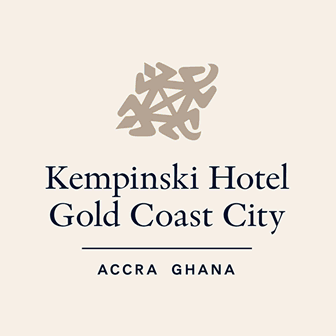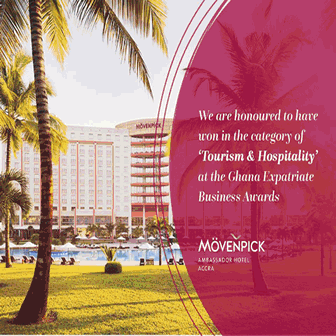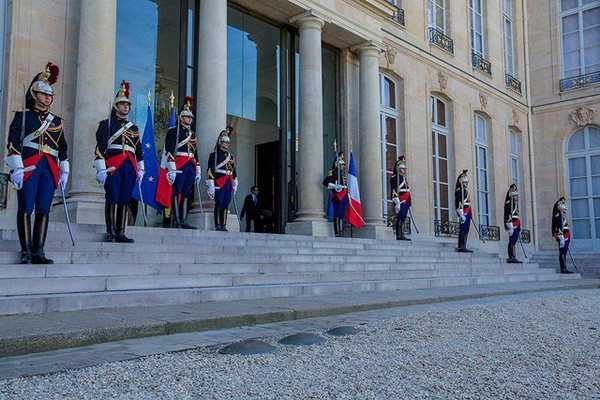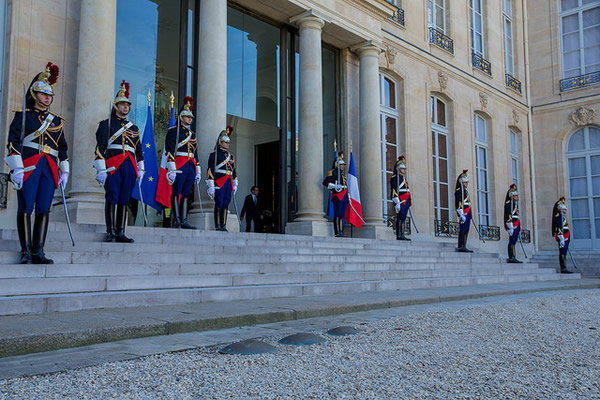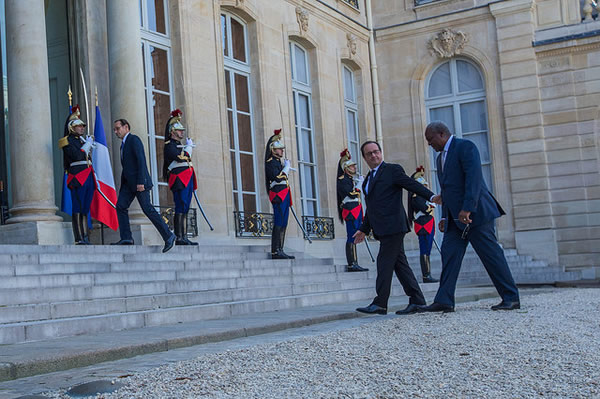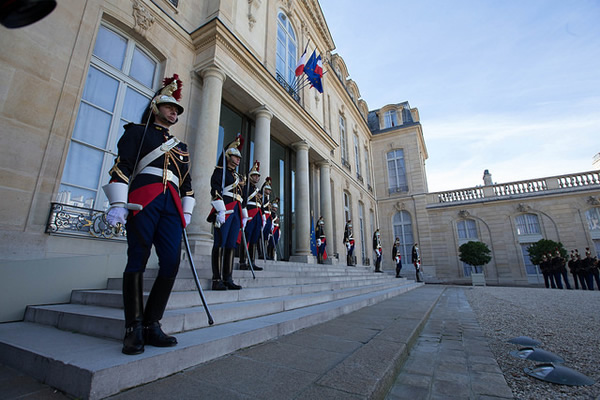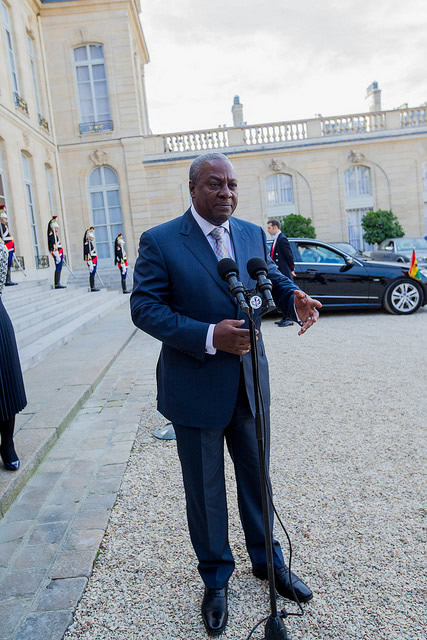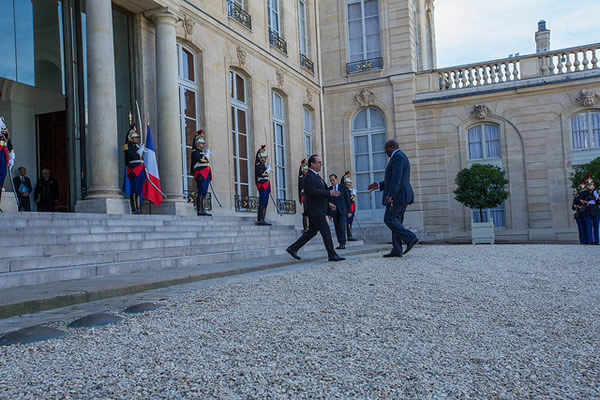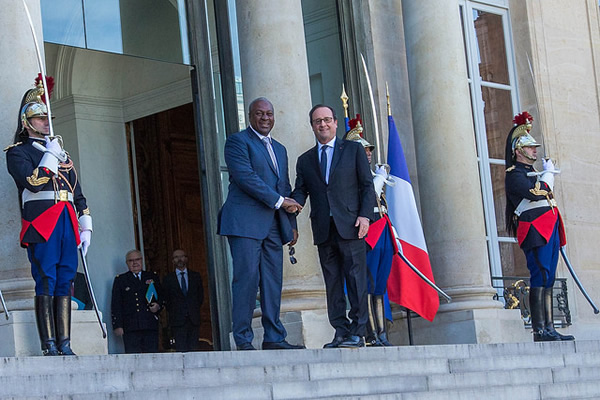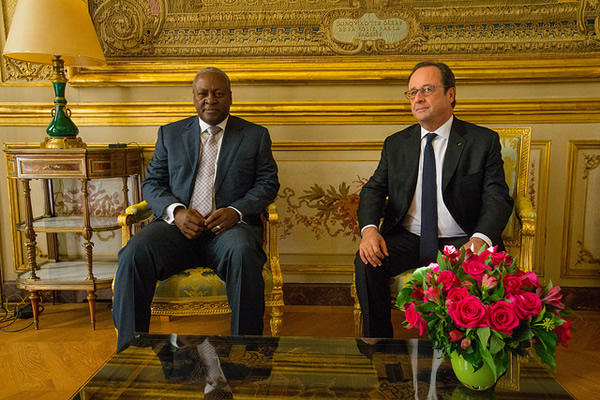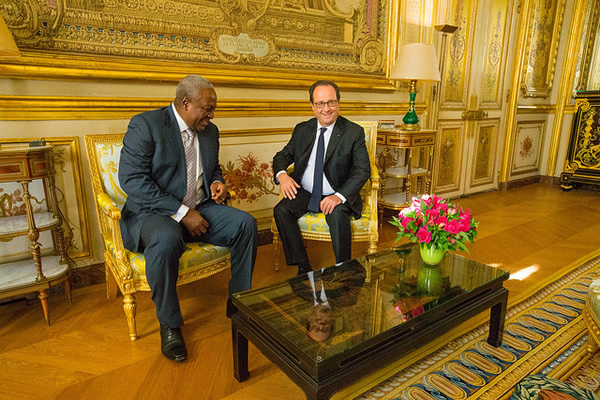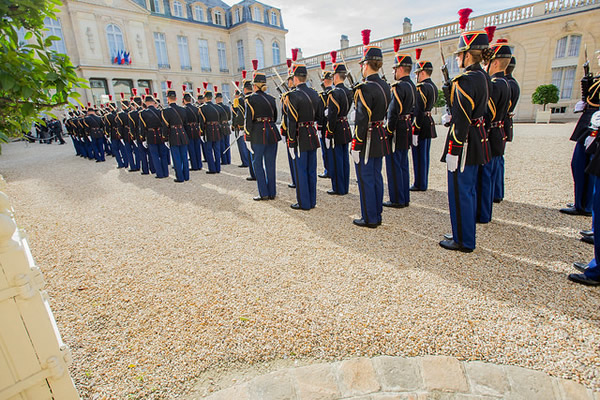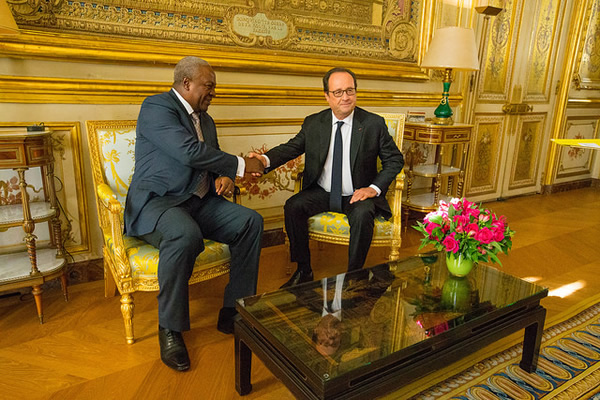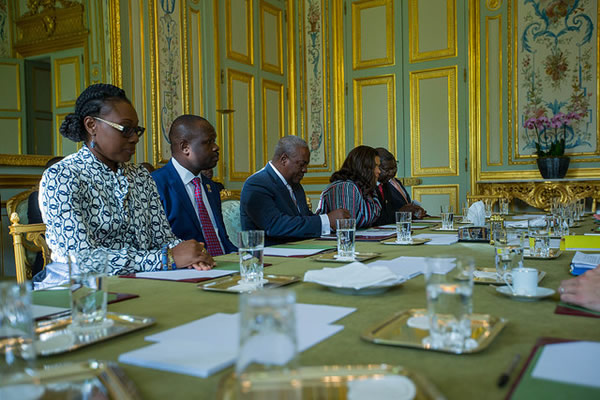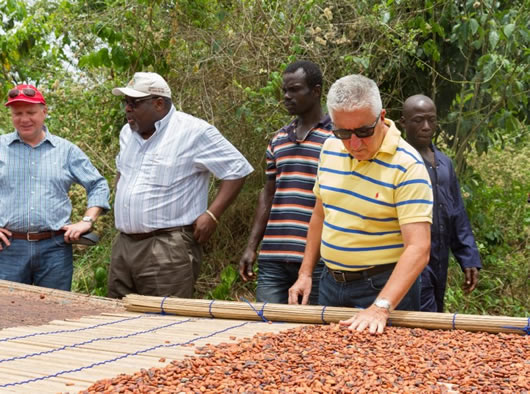
Gene A. Cretz – US Ambassador to Ghana
There are some things everyone associates with Ghana; one is cocoa and the other is gold — both important mainstays of Ghana’s economy.
Last month, I had the honor of traveling with the Canadian High Commissioner and the Australian Trade Commissioner to the Brong Ahafo Region, which is home to both the cocoa and gold industries important resources. Having spent more than two years in Ghana before managing to make it to this lush terrain provided me the context I needed to take a step closer to grasping the realities of the life of a Ghanaian. It was really striking to hear Mr. Ebai of the World Cocoa Foundation-African Cocoa Initiative proclaim, “Welcome to the place where the $100 billion industry finds its roots.”
I had never been to a cocoa farm, never seen how the pods grow from the trees imperiled by risks from weather, mold, and pests. It was eye opening to observe firsthand the labor-intensive efforts of the committed farmers to open the pods with a machete, set the seeds to ferment and then dry. I’m told there’s very little technology available to hasten this process. Since I had never tasted cocoa beans (the fruit of the pod), the visit was the perfect opportunity to try it. I’m sure my friends and family back home would not imagine that the fruit of the pod actually has a plum like consistency, somehow tart and sweet at the same time.
As I walked through the rustling, dry leaves fallen from the trees, I became more convinced of the need for intensified, strengthened partnerships to address every challenge ranging from the effects of climate change, to fertilization and propagation, to child protection. Organizations such as the World Cocoa Foundation understand the big picture, bargain hard for the needs of the farmers, and recognize that farming families can be strengthened through access to quality education. All this will strengthen Ghana’s position as a world leader in the production and export of cocoa beans as well as secure the livelihoods of the millions of Ghanaians who depend on this cash crop. I see that concepts planted by Senators Harkin and Congressman Engel, and the U.S. Department of Labor to stamp out the worst forms of child labor are beginning to take root. I am more convinced that the $5 million Child Protection Compact Partnership, which Ghana is being considered for as the first partner country, will be great follow up to the Harkin-Engel Protocol and further reduce child labor on Ghana’s cocoa farms. From my conversations with the famers and the stakeholders, this would be a welcome partnership. Last year I visited the Cargill’s cocoa bean processing plant in Tema. With this visit, I have now seen the whole process involved in getting chocolate to the market. I will never look at a candy bar the same way after seeing what it takes to get that product to stores.
As with all my travels across Ghana, I try to interact with Ghanaians from all walks of life. Whilst in the region, we met with the Regional Minister, religious leaders, public servants and civil society leaders. I was struck by the presence of certain challenges, unfortunately common to communities around the world: domestic violence, which negatively impacts every member of the family where it occurs and beyond; youth unemployment, a priority issue that all in government must seek to address inclusively; urban migration trends that imperil the stability and sustainability of rural communities; and development inhibiting illiteracy.
Our last stop was at the University for Energy and Natural Resources (UENR) where my journey came full circle when I had the opportunity to share how the United States is partnering with Ghana. I was proud to share how the U.S. recognizes the importance of inclusion of youth voices and develops talent through the Young African Leaders Initiative. I was pleased to learn that UENR is the very first university in West Africa to offer coursework in fire prevention. After the many tragic market fires, and the recent devastating fire at the Central Medical Stores, I was proud to explain how our Bureau for Arms, Tobacco and Fire assisted the Ghanaian authorities in information gathering and analytical work during the investigations.
It is clear that opportunities for partnership abound, considering similar efforts by my Canadian and Australian counterparts to boost two-way trade, expand international education opportunities for Ghanaians, and support and encourage the strong and stable democracy the people of Ghana have come to cherish. We came to the Brong Ahafo Region seeking to glimpse the natural resources that the second largest territorial region in Ghana possesses and departed even more convinced that the greatest resource of the region is the people who call Brong-Ahafo home.
By: Gene A. Cretz
US Ambassador to Ghana






